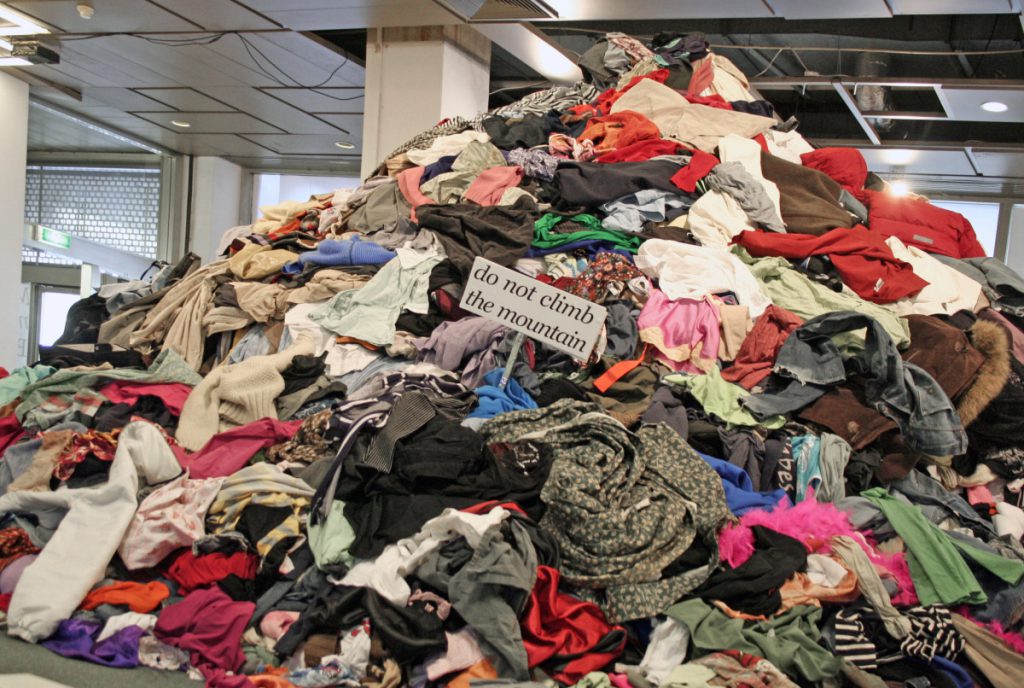Reuse accounts for 60% of collected volumes of textiles and represents the industry’s ‘strength’. It is therefore essential that the hierarchy of material treatment is respected – with reuse firmly at the top, BIR Textiles division president Mehdi Zerroug told the world recycling organisation’s latest convention.
Zerroug, of France-based Framimex, says it is vital to collect used clothing in a way that safeguards quality. Standard collection methods generally led to recovering fewer of the most valuable materials and more of the less valuable, he said.
Michael Sigloch of Gras & Sigloch GmbH & Co. in Germany complained that some regulations had undermined the normal rules of supply and demand, resulting in a large surplus of used clothing. At the same time there was a danger that low-quality grades would become ‘unsaleable’.
Change in thinking
Sigloch said the material composition of today’s clothing is now so varied that the sensible mechanical recycling of high-quality materials is impossible. If the world wishes material recycling to continue, there has to be a change in thinking within the fashion industry, he added.
Low demand
There has been a substantial increase in the supply of textiles in Western Europe over recent months, said Martin Böschen of Texaid Textilverwertungs-AG in Switzerland. Eastern European demand for sorted goods is decreasing and orders from Africa are ‘at a low level’ amid on-going late payment issues. There is a ‘high’ risk that demand will not improve in the autumn, he concluded.
Recruitment headaches
Alan Wheeler of the UK’s Textile Recycling Association spoke of a ‘dramatic’ decrease in UK sorting activity, principally because sorters are finding it ‘virtually impossible to recruit staff’. The industry is ‘heavily reliant’ on migrant workers, many of whom have traditionally arrived from other EU countries but the latest official figures show that, for the first time in many years, there is now negative net migration to the UK from elsewhere in the EU.
New approach
Two guest speakers provided delegates with an insight into the Euro 11 million Resyntex research project to see how industrial symbiosis can produce secondary raw materials from unwearable textile waste. Objectives identified by Valérie Boiten, Researcher and Consultant in Stakeholder Engagement at the Prospex Institute VZW in Belgium, included the development of innovative business models for chemicals and textiles, as well as the demonstration of a complete reprocessing line.
Dimitris Moutousidis of Chimar in Greece outlined the early promising results from a project within Resyntex using protein hydrolysates for the development of adhesives suitable for use in wood-based panels. Samples tested included protein juice from sheep’s wool and textiles, and a mix of denim and wool textile fibres.
Don't hesitate to contact us to share your input and ideas. Subscribe to the magazine or (free) newsletter.



